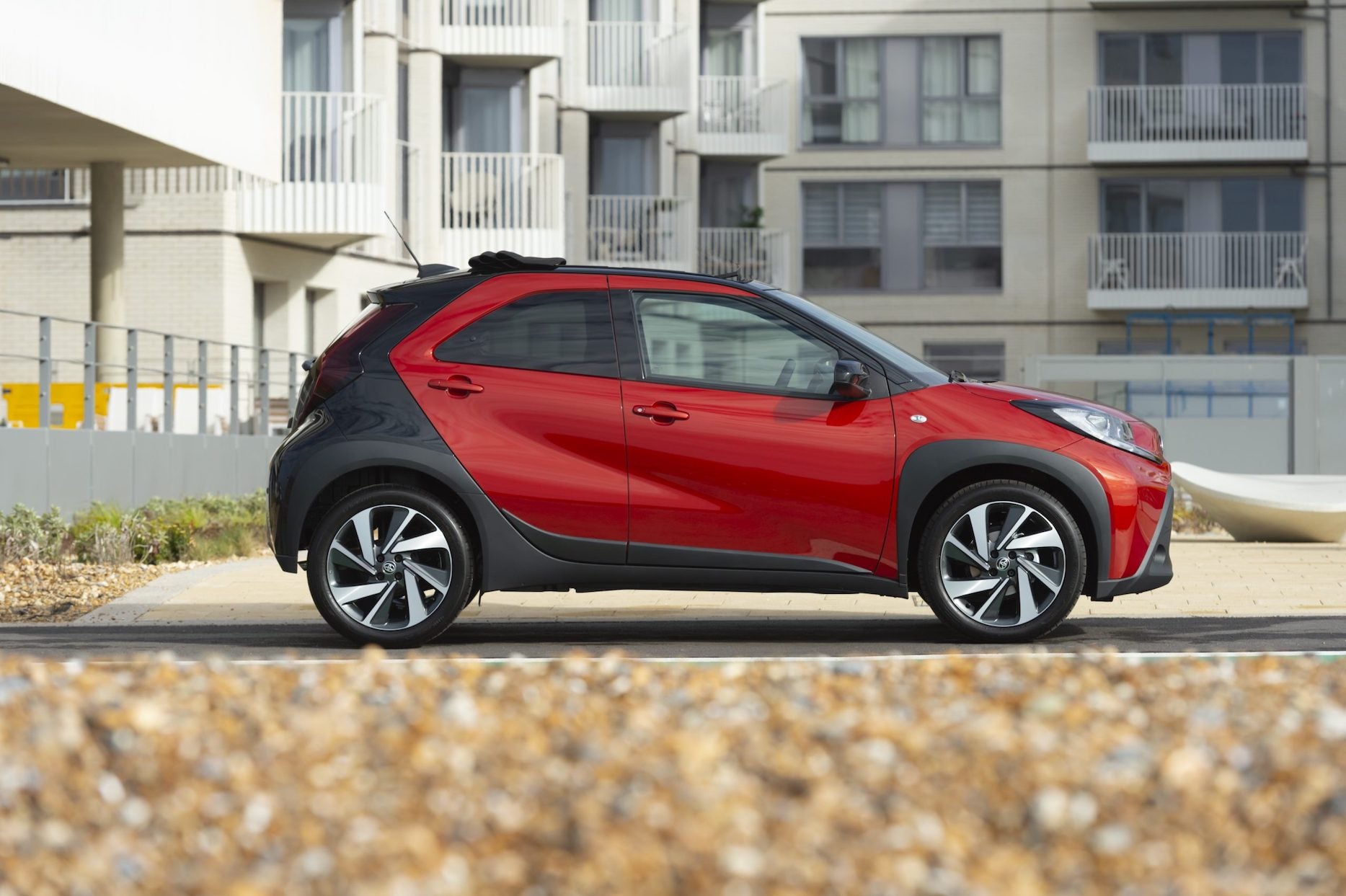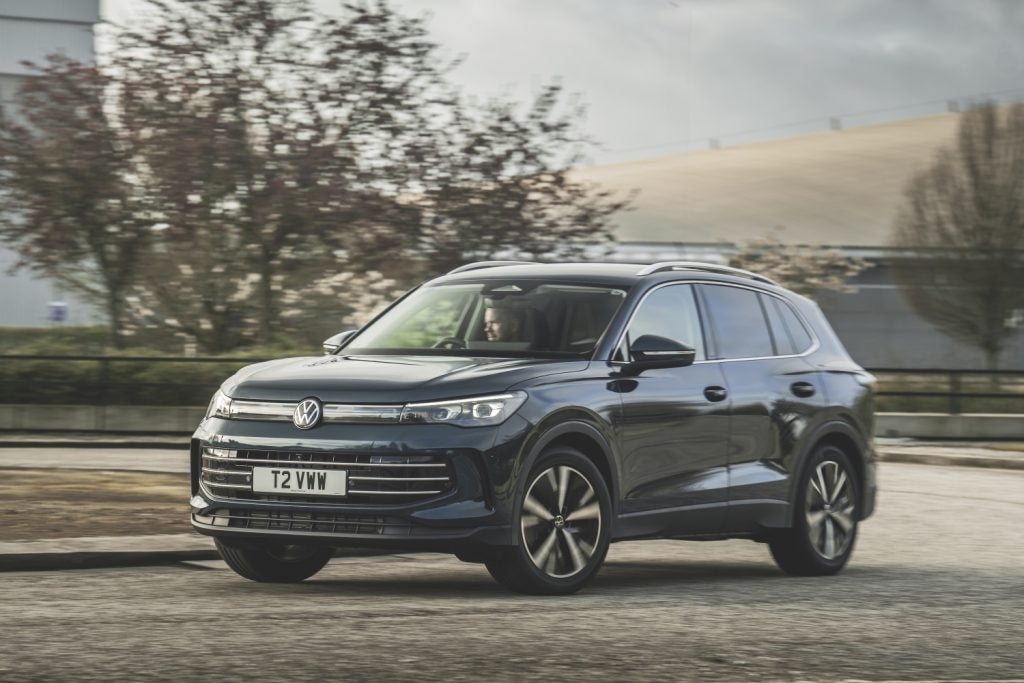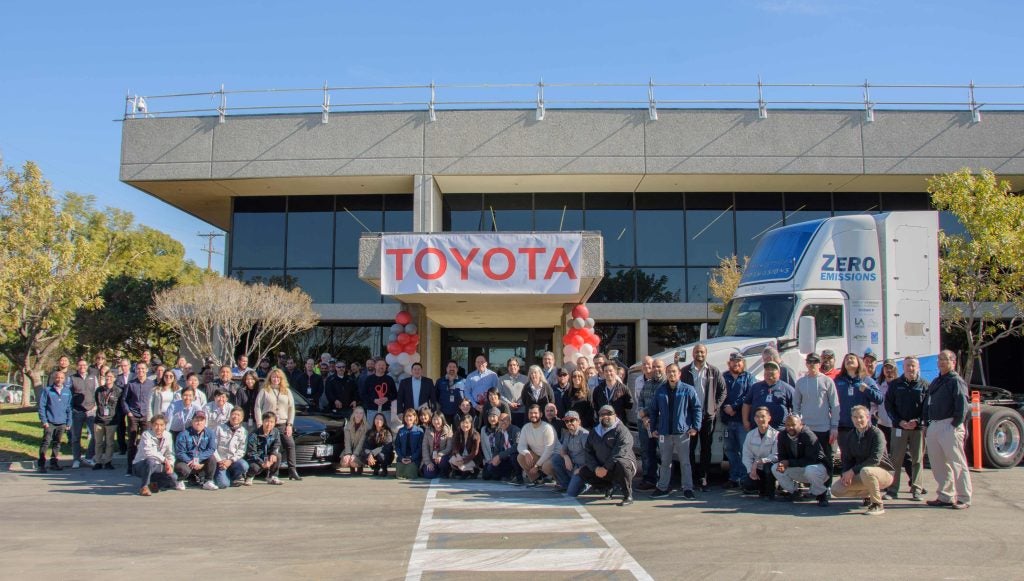
Has Stellantis got it wrong when it comes to a strategy of going electric in the A segment? And for that matter Renault? Or is the European market instead offering different opportunities for the likes of Toyota via a low-weight, high-efficiency alternative with petrol city cars? Perhaps there is money in both approaches.
Toyota now number two in Europe
Toyota has risen up the European sales charts in 2022 to become the number two brand behind Volkswagen. Just absorb that fact: the names it has sprinted past include Peugeot, Mercedes, Audi, Renault, BMW, Kia, Hyundai, Ford, Fiat, Citroen and Opel-Vauxhall. How did that happen? And can it be sustained?
Toyota Motor Europe has been clever enough to maintain great relationships with suppliers (including those it buys microchips from). The division has also selected OEM alliances intelligently (Stellantis for LCVs) while pulling away from others (Stellantis in small cars). All of this means it can offer either electrification or IC power where it makes the most sense to do so.
Built at Kolin alongside Yaris
All of the above helps to explain how we reached the point of now, where an A segment model has been launched as a solus project, replacing one which was part of a three-brand venture. Gone therefore are any links to the former Peugeot 108 and Citroen C1 hatchbacks, the new Aygo X being a Czech-built low-cost crossover. It also features exactly zero electrification and shared-with-rivals technology or production lines.
How well do you really know your competitors?
Access the most comprehensive Company Profiles on the market, powered by GlobalData. Save hours of research. Gain competitive edge.

Thank you!
Your download email will arrive shortly
Not ready to buy yet? Download a free sample
We are confident about the unique quality of our Company Profiles. However, we want you to make the most beneficial decision for your business, so we offer a free sample that you can download by submitting the below form
By GlobalDataThe maths seems fairly sound. Whereas the old Aygo was a good seller, as were its PSA/Stellantis contemporaries, this latest one may sacrifice a bit of volume. That likely won’t matter much as the Aygo X is pricier than the old-shape hatchback. Crucially, it’s just as much fun to drive and cheap to run as its acclaimed predecessor.
Frugal fun
What the little Toyota feels most like to drive is a Suzuki, and that’s a major compliment. The tiny non-turbo engine is zingy, the slick manual gearbox has five well spaced ratios, steering and handling are tuned for maximum smiles. Moreover, weight is on the low side and economy is fantastic.
None of the above attributes would matter a jot if the car’s appearance was ugly-weird. Yet here is another new Toyota that makes you wonder if this car even comes from the same company which produced the likes of the outgoing Prius.
Retro versus offbeat
Calling the Aygo X beautiful would be a stretch yet like a French bulldog, it’s certainly got a cute presence for something so teeny. It also looks like nothing else, something FCA and now Stellantis found works wonders for the Fiat 500.
Toyota’s GA-B platform has been adapted for this model, which at 3,700 mm, is 235 mm longer than the Aygo. That compact footprint also means a fantastic turning circle of just 4.7 metres.
Bigger but still right-sized
Even though the wheelbase was stretched by 90 mm, the back seats are really only for small kids. Plus their windows merely pivot in and out rather than wind up and down. At least there’s the option of a fairly big canvas roof to help quickly expel hot air in the summer months.
Boot space is tight, although few people buying a car of this size expect a large luggage bay. In fact, for the model’s dinky dimensions, the 231-litre capacity boot is really very good. That’s also 60 more than the Aygo offered and with the seats dropped, it rises to 829 litres.
A dash of cash-slash(ing)
Even though you can easily see where Toyota chose to save money – no sixth ratio for the manual transmission, those back windows, no conventional tailgate and so on – the glass hatch at least has a wash-wipe. Long is the list of high-priced EVs which don’t come with one of those.
Toyota offers the new model in three trim levels, called Pure, Edge and Exclusive. There’s also a special edition called Air which has the big canvas roof panel. All are powered by the same 53 kW (72 PS) and 93 Nm (69 lb ft) 998 cc three-cylinder engine.
More torque needed?
Every now and then, a tad more torque would be welcome, such as when climbing steep hills. The car doesn’t weigh much (from 945 kg) but with a passenger on board you instantly notice the difference. Progress is OK, with 0-62 mph taking just under 15 seconds with either transmission and top speeds being 94 or 98 mph (manual/CVT).
A segment leader?
In summary, the X is like the old Aygo but with a higher stance, additional safety systems and better crash protection. So all in all, a great little car for anyone who prefers petrol over electric.
I should return to the question at the start of this review, that being which OEMs will win and which won’t in the European small car class. With so many brands dropping out already and others set to do the same, the answer is simply those which remain.
A very Akio Toyota model
Whether they go EV-only, like Renault, ICE and electric (Stellantis still sells the old-shape 500) or ICE-only in the case of Toyota, it’s a time of transition. We should also celebrate something else. This being that the world’s largest car maker has its focus 100 per cent on minimising environmental harm, while obviously protecting its shareholders’ interests. While looking after its suppliers and workers’ jobs too. Doing that by investing in all manner of propulsion systems is also giving us a really interesting array of multi-technology new models.
Pricing for the new Toyota Aygo X starts at GBP15,975. Combined economy is 56-58 mpg and the CO2 average is 109-114 g/km (manual/CVT).







